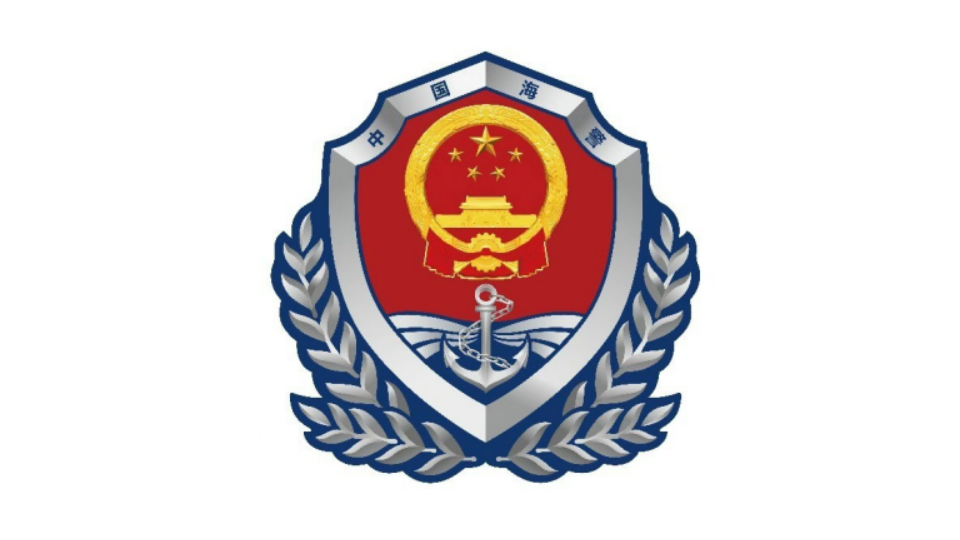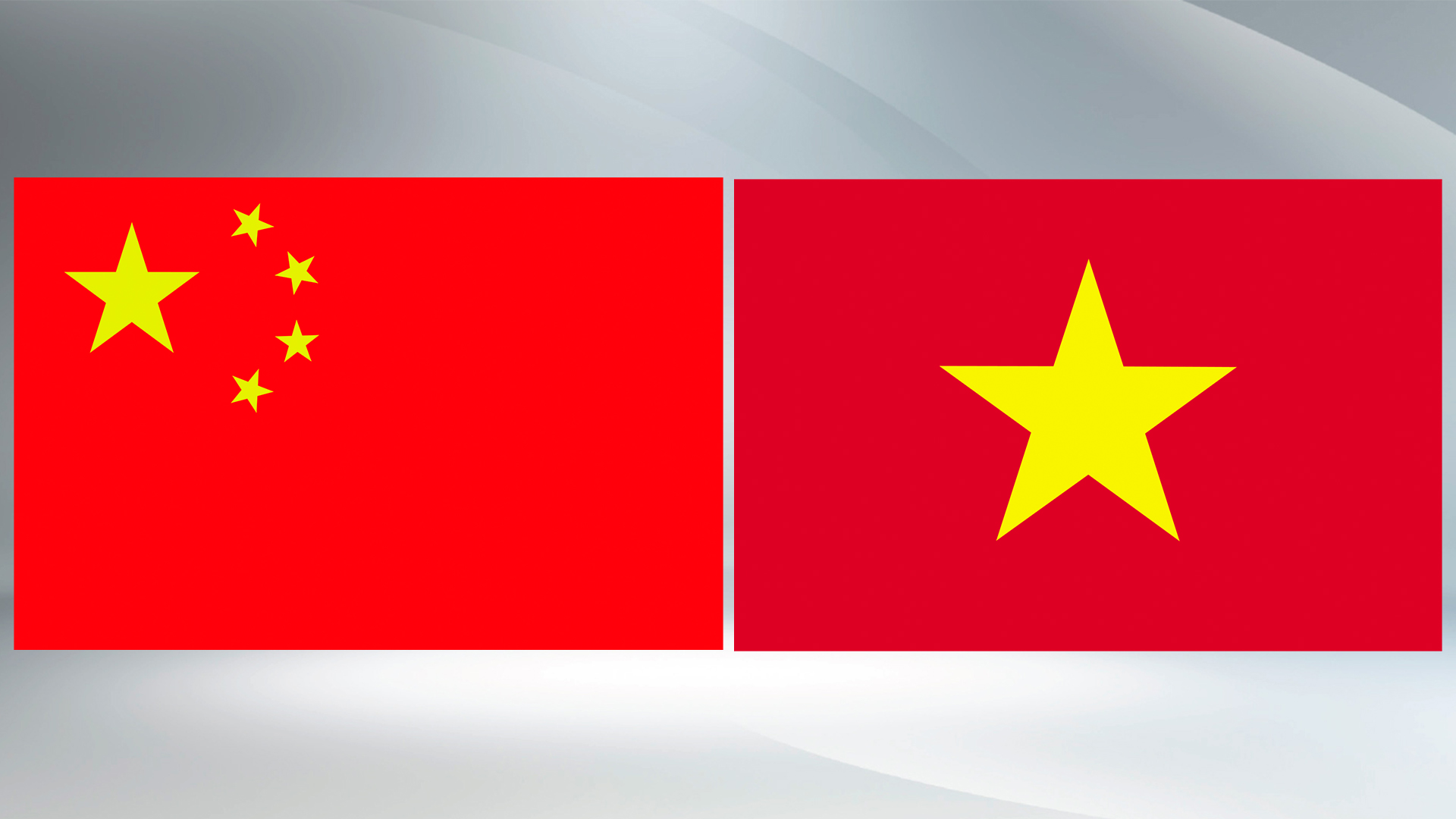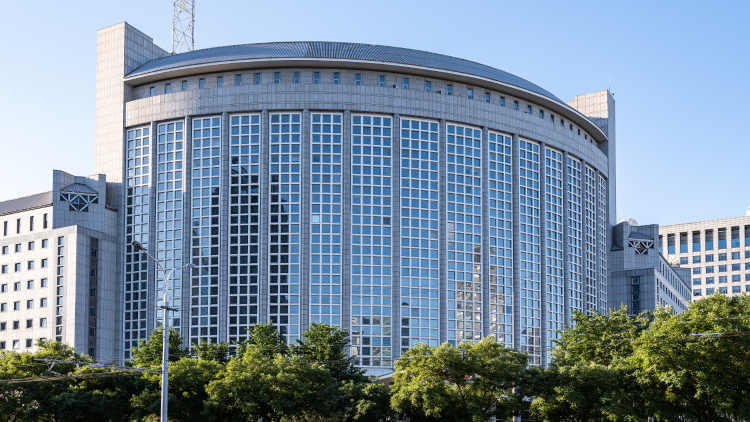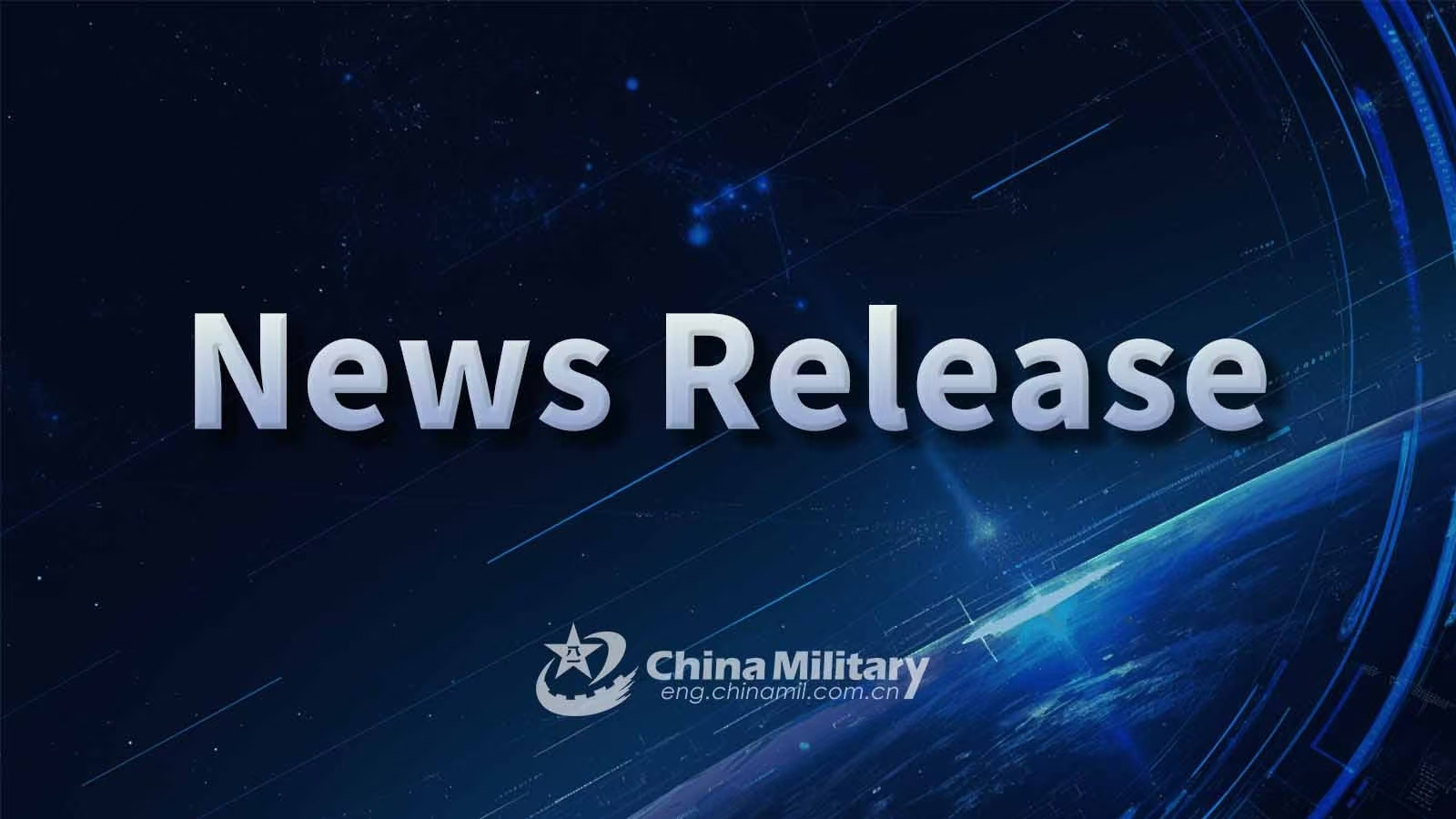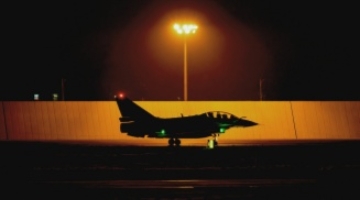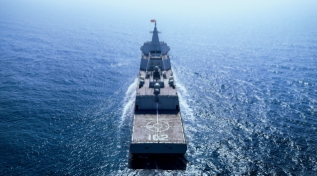This year's US-Australian led Talisman Sabre 2023 military exercise, which took place from July 22 to August 4, was the largest in geographical range and participation scale to date, demonstrating the expanding Cold War mentality of the two nations.
Recently, Australia has actively cooperated with the expansion of the US military presence, including the deployment of troops and naval bases in Pacific island nations. By stirring up waves in the South Pacific, the US and Australia claim to "safeguard a free and open Indo-Pacific" while simultaneously challenging non-proliferation norms and escalating regional tensions.
However, the repeated emphasis on the special relationship between the US and Australia is more symbolic than substantive. During the military exercise, the USS Canberra (LCS-30) held a commissioning ceremony in Sydney Harbor – the first time a US warship has been commissioned in a foreign port. This grand event is more theatrical than substantive.
On the one hand, the US commemorates the Australian heavy cruiser HMAS Canberra, sunk in 1942 while supporting US operations against Japan, as a symbol of shared history and kinship. This showcases a so-called "consensus of value" and "long-term commitment to allies." The US aims to bind its allies to its military agenda to shift the cost of maintaining military hegemony while offering a face-saving gesture to sustain alliance cohesion.
On the other hand, the USS Canberra was designed in Western Australia, and both countries have indicated that future extended visits by US nuclear submarines will occur in Australia. This highlights a stronger confrontational and targeted nature of naval cooperation between the two nations. The US does not hide the deterrent purpose of this military exercise, as the US Navy Secretary Carlos Del Toro proclaimed that the exercise is meant to send a message to China. This indicates that the US slogan of a "rules-based order" fundamentally serves American hegemony.
Since 2017, the Australian government has increasingly followed the US and sought to balance China. Some Australian scholars argue that Australia has fallen into a "strategic pathology of sacrificing its interests to satisfy US interests." Now, the US positions Australia as a front-line base in the Asia-Pacific region, with exercise areas covering almost the entire country. Australia faces significant economic, environmental, and public health pressures and confronts the dilemma of being dragged into conflicts by its allies and reputational crises.
However, the Australian government has chosen to continue waving the flag and cheering on the US' "Indo-Pacific strategy," placing all its strategic chips on its alliance relationship with the US. Today, besides having to pay a hefty bill for the AUKUS submarine cooperation, Australia will also have no choice but to reluctantly comply with more and more hegemonic demands and domineering behavior from the US in the future.
Australia has reached this point due to its inherent cultural arrogance of "Western values identification," coupled with the changing times and circumstances that have made its mentality even more anxious, inevitably leading to shortsighted decision-making and strategic inflexibility.

